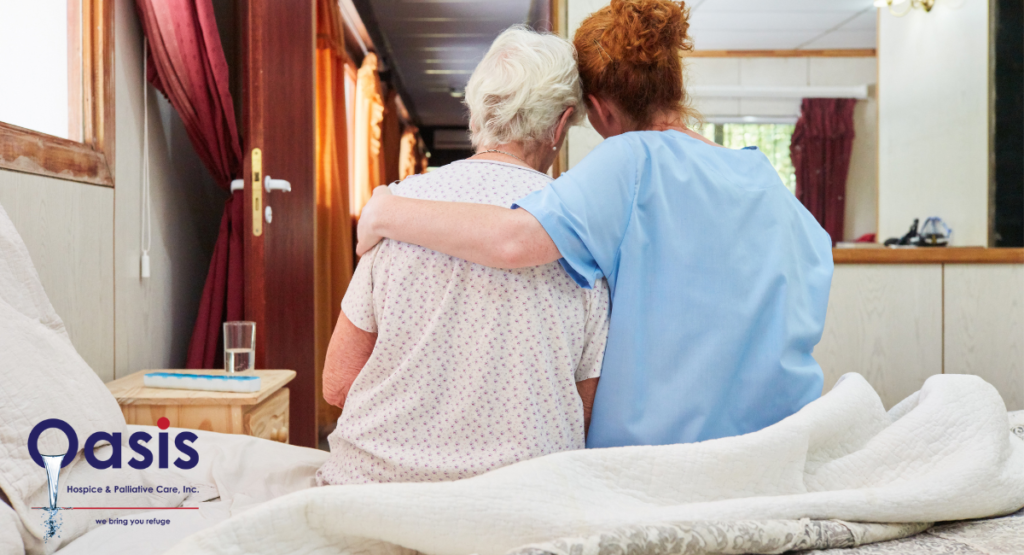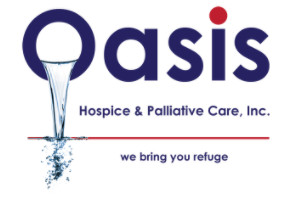Palliative rehabilitation might sound like a contradiction at first, but it plays a vital role in improving quality of life for individuals with serious, life-limiting illnesses. Unlike traditional rehabilitation focused on recovery or cure, palliative rehabilitation aims to enhance comfort, maintain independence, and support meaningful daily activities.
Whether it’s managing symptoms, regaining mobility, or adapting to physical changes, this approach is all about helping patients live as fully as possible, for as long as possible. If you are looking for palliative rehabilitation services then contact Oasis Hospice Care. This has resulted in an increase in the need for palliative care.
What is Palliative Care?
Palliative care is an approach that improves the quality of life of patients and their families facing the problems associated with life-threatening illness. Palliative care is a multidisciplinary and professional approach to care that strives to reduce physical, psychological, and spiritual problems while maintaining maximum function.
Rehabilitation specialists are essential members of this team. Both palliative care and rehabilitation have important similarities in that they are symptom-oriented methods that emphasize function and comfort within a holistic framework.
The goal is to increase independence in self-care tasks, improved symptom control, and functional decline stabilization in accordance with individual life preferences.
Palliative Rehabilitation
Despite significant progress in understanding the benefits of early integration of palliative care with disease management, many people living with a chronic, life-threatening illness do not have access to palliative care or receive it only in the latter stages of their illness.
Approximately half of all admissions to palliative care units result in the patient going home or to family. Palliative rehabilitation increases the possibility of the patient returning home with the greatest functional independence possible.
It provides a support structure to help patients live as creatively and actively as possible until death. Unfortunately, not all palliative care units provide rehabilitative therapy to their patients.

The Benefits of Palliative Rehabilitation.
Rehabilitation has been described by patients as providing a sense of relaxation, well-being, and confidence. These time-limited gains in specific areas have the potential to improve functional independence and the ability to remain active for as long as feasible, contributing to an improved quality of life.
Other studies involving cancer patients highlight the significance of palliative rehabilitation in terms of pain, mobility, mood, cognitive function, and quality of life. There is evidence that palliative rehabilitation improves quality of life, mood, capacity to exercise, weariness, and dyspnea.
Although it may appear contradictory, physical therapy and other forms of rehabilitation can be a vital aspects of hospice care. People with the severe disease tend to have progressive levels of debility. This includes significant functional loss, greater reliance on family for daily activities, and mobility limits.
The Consequences of Progressive Dementia in Hospice
Hospice is concerned that patient interest in physician-assisted death coincides with increased debility and a perception of being a burden. Physical strength, time spent in bed, and the ability to do what one wishes have all been recognized as predictors of hospice quality of life. Many facets of daily life are affected by a new physical handicap at the end of life. It leads to greater depression, caregiver burden, decreased quality of life, and a higher chance of being admitted to an inpatient facility. .
What Exactly Is Palliative Care
Palliative rehabilitation is defined as the process of assisting a person in reaching his or her full physical, psychological, social, vocational, and educational potential in accordance with his or her desires and life plans.
Physical, occupational, and/or speech therapy may be used. Energy levels in hospice patients might fluctuate, and physical and cognitive functions can shift substantially on a regular basis. As a result, palliative rehabilitation strategies are fluid and adaptable to each patient’s daily situation.
Is Palliative Rehabilitation Effective?
When a hospice patient shows rehab potential, palliative rehabilitation appears to be useful for the majority of patients. According to one study, 63% of patients considered a specific palliative rehabilitation program to be useful. More than sixteen published studies have demonstrated a variety of beneficial advantages across diverse programs.
Palliative Rehabilitation’s Proven Advantages
- Increase your mobility.
- Restore motor abilities
- Improve cognitive function
- Reduce tiredness
- Increase independence through everyday living activities.
- Reduce the strain on family cares
- Pain should be reduced.
- Reduce stress
- Reduce other bothersome symptoms like dyspnea, constipation, and leg edema.
- Improve your mood
- Improve your coping skills
- Improve patient satisfaction with care
- Improve your overall sense of well-being
- Enhance your quality of life
To learn more about What is hospice grief counseling read our another post. Oasis hospice provide the best palliative care support services.
In-Home Hospice and Palliative Care in Chicago, IL
At Oasis Hospice Care, we’re honored to be a trusted source of comfort, compassion, and expert care for families across Chicago, Illinois. Whether you need in-home hospice care focused on end-of-life support or palliative care to manage serious illness, our dedicated team in Evanston, IL is here to walk with you every step of the way.
We bring peace, dignity, and personalized attention right to your doorstep, ensuring your loved one receives the care they deserve in the place they feel most at home. Call us today at 708-564-4838 to learn how we can support you and your family.

